Microscopic Carnivores: the Nematode Post

Nematodes, what are they? At first when my parents suggested I write a blog post, I was too grossed out by them, but for lack of further subjects I’ve decided to try. Here goes:
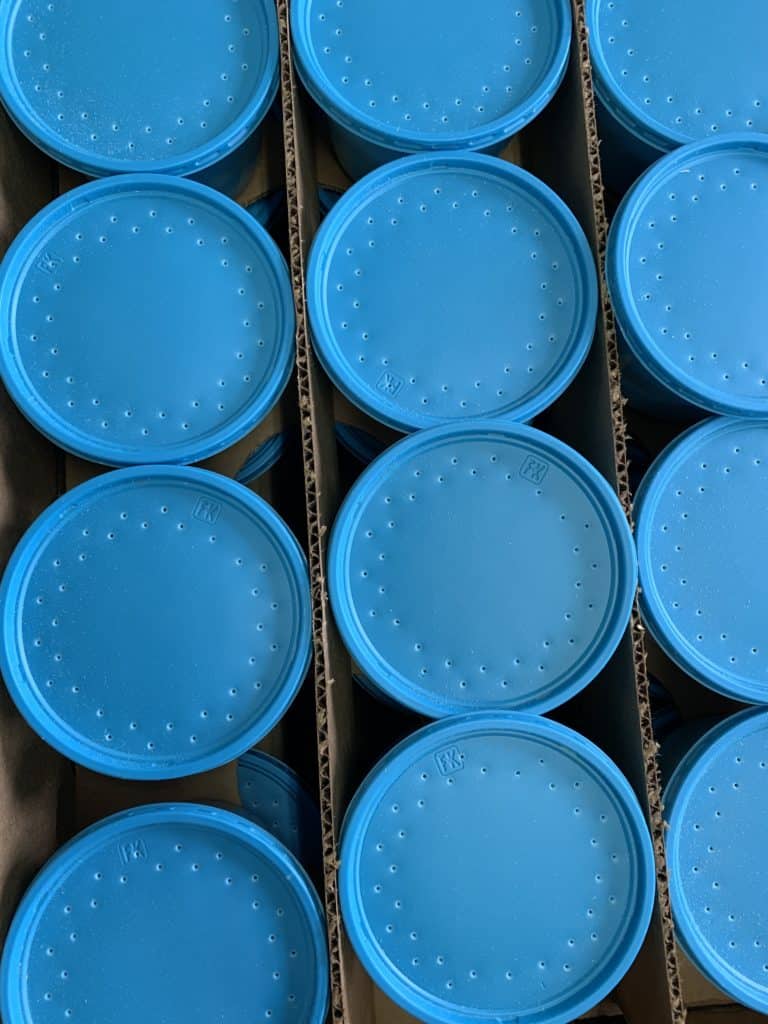
So… A predatory nematode is a microscopic worm that lives in the soil and eats bug larvae. Ew! I know, but keep reading and you'll see how they're cool.
We have a pretty bad plum curculio problem in our orchard. A plum curculio is a tiny beetle that spends most of its life as a grub in the ground. They eventually emerge from the ground as beetles and lay their eggs in not yet mature apples. This wouldn't be such a problem if doing this didn't cause the apple to drop to the ground and rot before even ripening, that's where these nematodes come in.
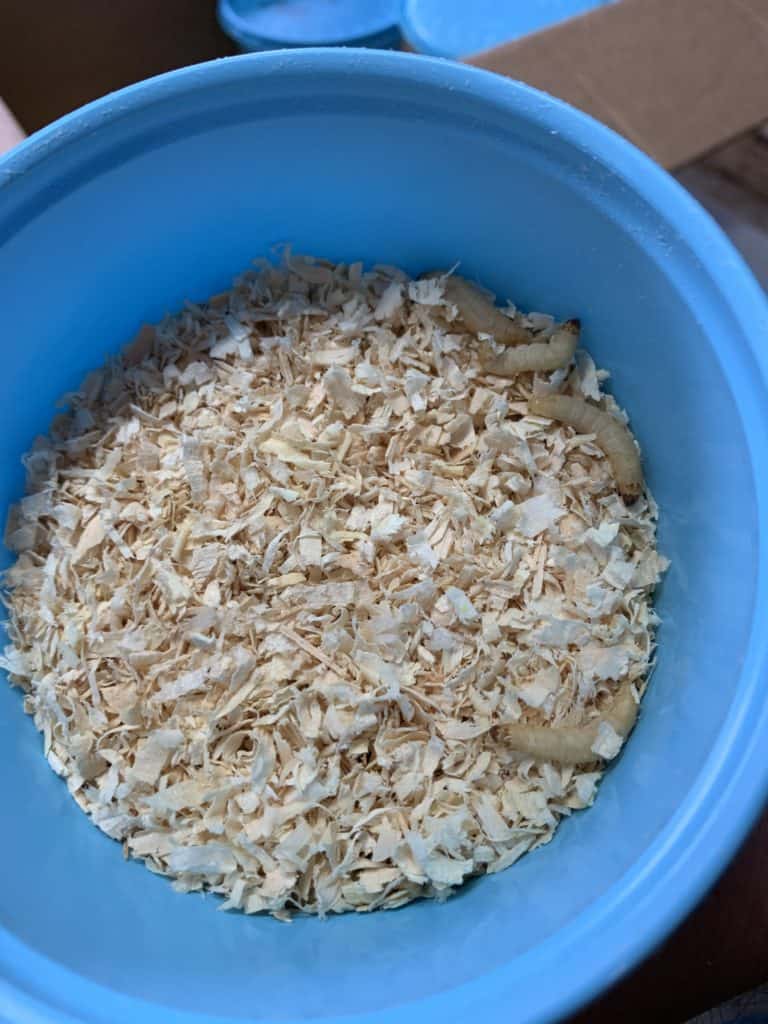
The particular species of nematodes that my parents use were identified by researchers from Cornell, there are all types of different species, ours are native and carnivorous. Let me explain exactly how they work:
After the immature apple drops to the ground, and the plum curculio grub crawls into the soil, the nematodes (which live in the soil) infect it and lay their eggs. They carry a special bacteria in their gut that colonizes the host and the newly hatched baby nematodes then eat the grub which has now pretty much turned into the bacteria for some reason, and viola! No more plum curculio!
Well, maybe it isn't that simple.
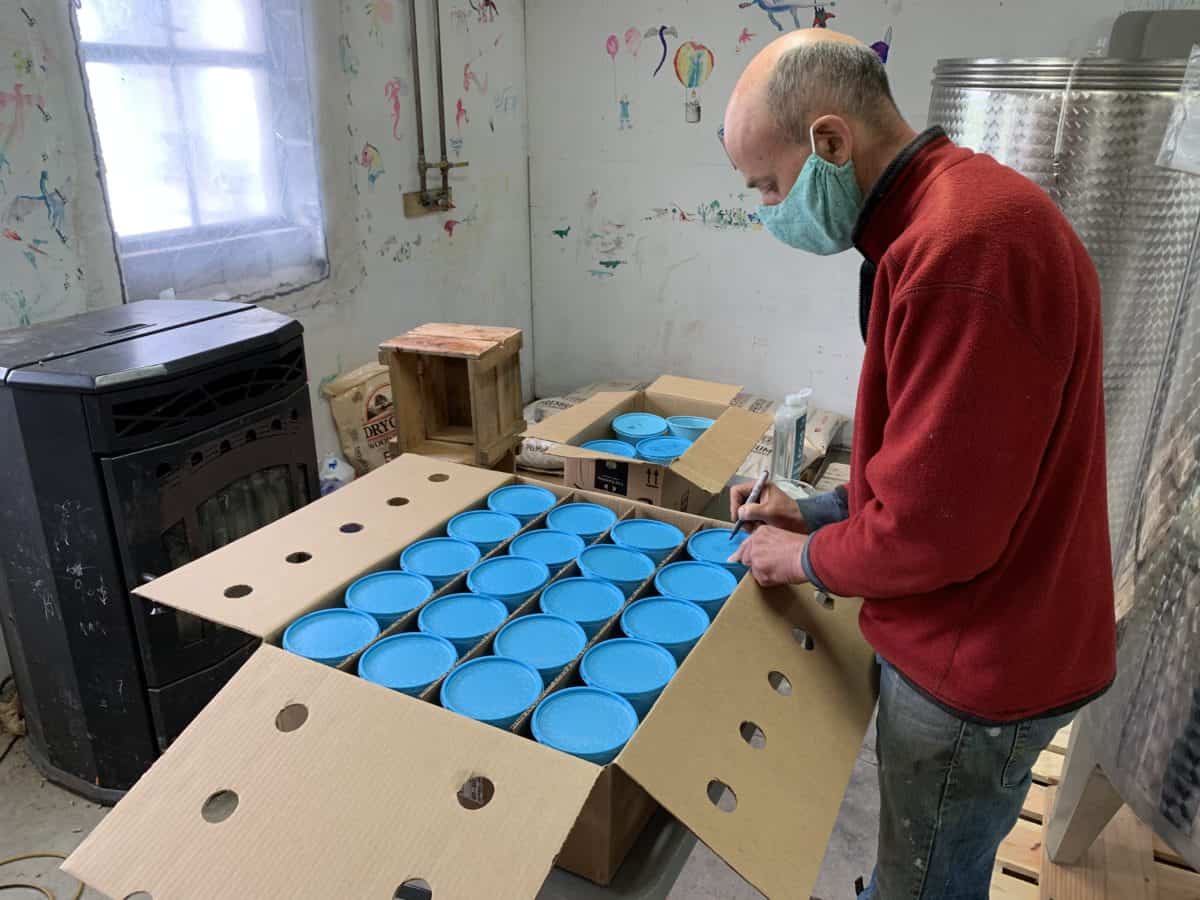
Our work lies in distributing the nematodes, a rather disgusting process in my opinion, but I guess it's worth it. We got our nematodes from Cornell (here is their website.) My dad is spraying the nematodes on the orchard this evening. The fact is we already deposited nematodes in our orchard several years ago, they are supposed to live in the soil permanently but we only sprayed part of the orchard.
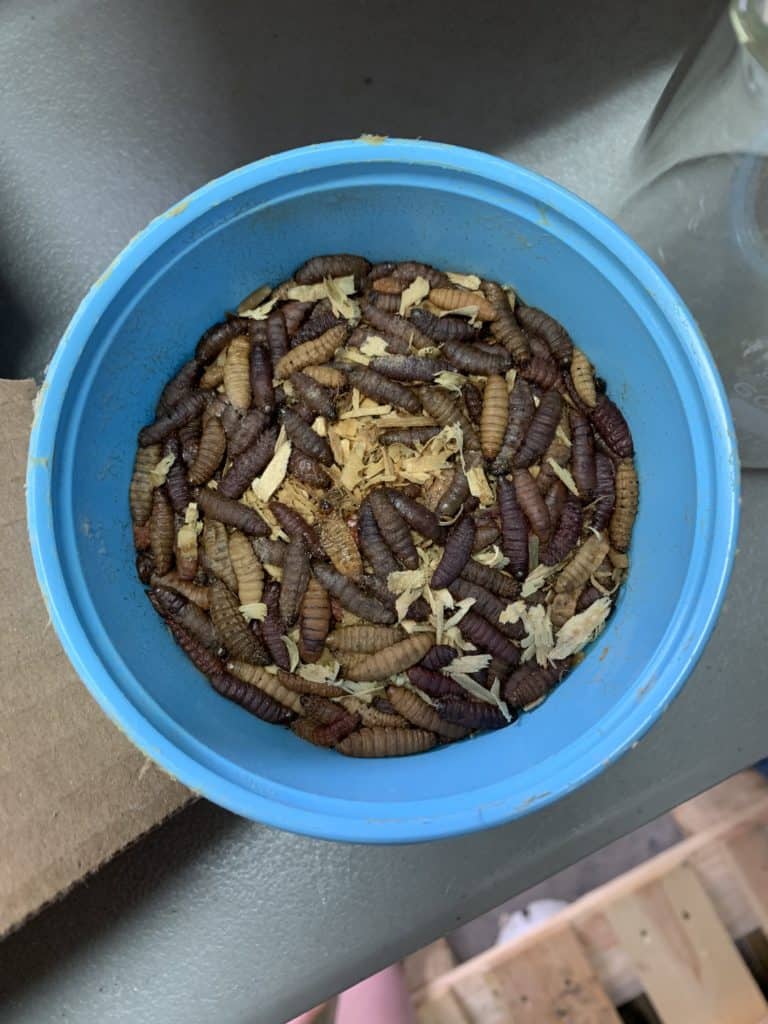
The first step to nematode application is extracting them from their waxworm host. The thing is, they're microscopic. You might be able to see in the picture above a kind of scum around the rim of the container, those are nematodes.
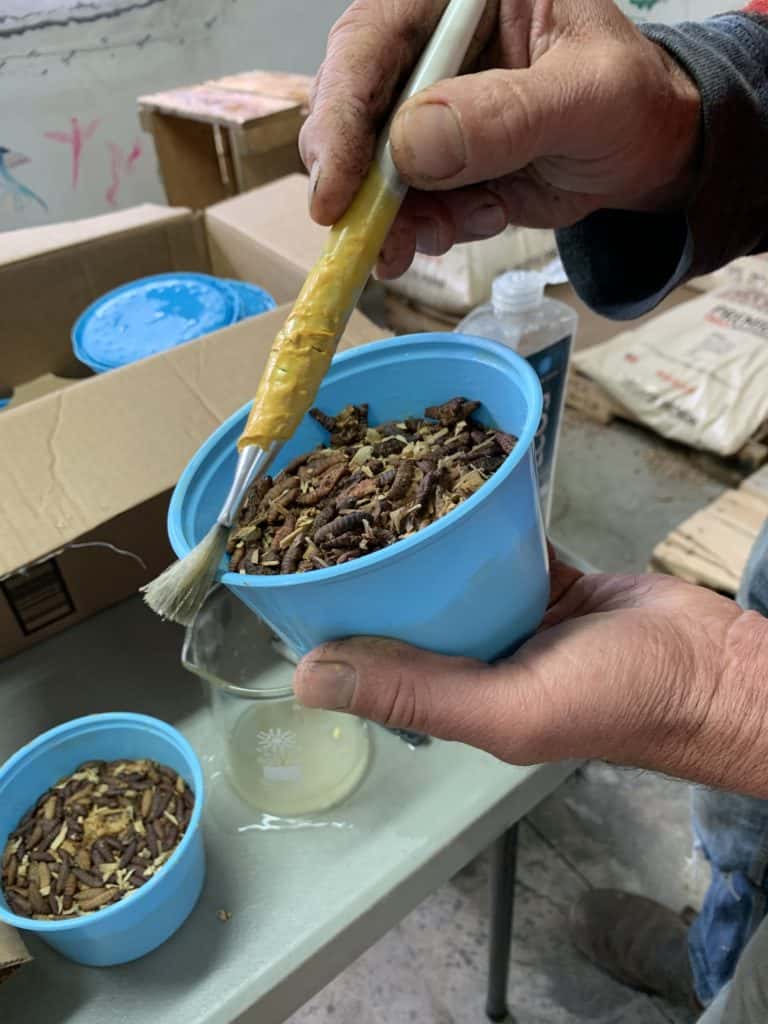
That gross scum is then rinsed and brushed off into a jar of water. Next step: breeding. The nematodes are given living waxworms to colonize. After they reproduce, they are extracted again, more thoroughly and yield a much greater quantity. The nematode solution is put in a sprayer with a lot of water and sprayed on the orchard.
The nematodes colonize the soil, and hopefully will stay there indefinitely, take that plum curculio! It’s really just amazing how such a tiny animal, a microscopic animal can make such a huge difference.
Thanks for reading! I hope you learned a thing or two, and even if they are gross, nematodes are pretty dang cool!

Hi there! Welcome to my column: The Beckhorn Valley View.
My name is Leila. (LAY-LA, not LIE-LA) I'm the un-schooling, circus performing, art-loving daughter of Autumn and Ezra. I now have my own column in the Eves Cidery farm blog. In my regular column you'll get a Leila-eye-view of the farm, I'll share with you the beautiful scenery of the cider orchards, art, poetry, a unique glimpse of my distracted parents and so much more. I hope you enjoyed the read, stay tuned!
